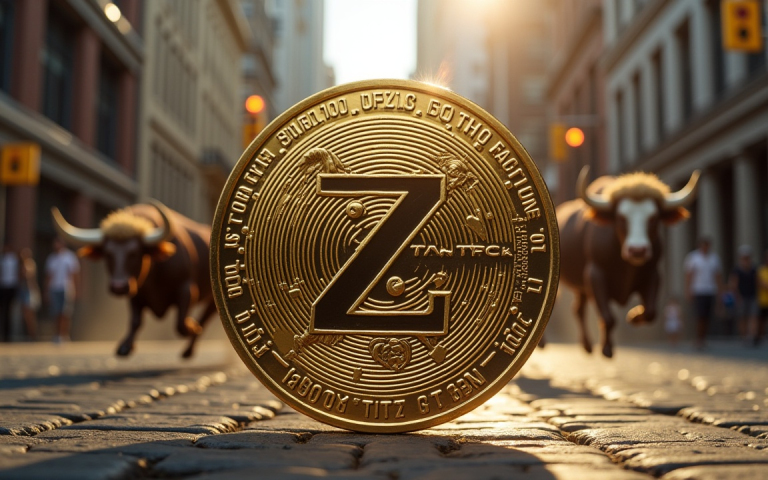
Introduction
Smart Cities are revolutionizing urban living as we head into 2025. The integration of technology and urban infrastructure is reshaping how we interact with our environment, making cities more efficient, sustainable, and livable. In this article, we will delve into the key trends that are defining smart cities in 2025.
1. IoT and Connectivity
The Internet of Things (IoT) is at the forefront of smart city development. Connected devices are enhancing urban management by collecting data on everything from traffic patterns to energy consumption. As we approach 2025, the proliferation of 5G networks will further enable real-time data transmission, allowing for smarter decision-making. For more on technological advancements, check out our article on Exploring the Allure of Luxury Cars.
2. Sustainable Urban Development
Sustainability is a cornerstone of smart cities. Urban planners are focusing on creating green spaces, promoting renewable energy sources, and reducing carbon footprints. By 2025, we expect to see more cities adopting smart grids and eco-friendly transportation options, such as electric buses and bike-sharing programs. Learn more about the essence of sustainability in our post Pure Refined Elegance: The Essence of Timeless Style.
3. Enhanced Public Services
Smart cities are enhancing public services through technology. Innovations in healthcare, public safety, and education are making urban living more convenient. For instance, telemedicine services are becoming more prevalent, allowing residents to access healthcare remotely. Additionally, data analytics is helping city officials improve emergency response times. Discover how technology impacts our daily lives in Delicate Soft Charm: The Allure of Subtle Elegance.
4. Citizen Engagement and Participation
Engaging citizens in the decision-making process is crucial for the success of smart cities. By 2025, we anticipate more platforms for public participation, allowing residents to voice their opinions on urban development projects and community initiatives. This engagement fosters a sense of ownership and accountability among citizens.
5. The Role of Artificial Intelligence
Artificial intelligence (AI) is transforming how cities operate. From traffic management systems that optimize flow to predictive analytics that enhance city services, AI is enabling smarter urban environments. As we look to 2025, the integration of AI will be essential in addressing urban challenges and improving quality of life.
Conclusion
Smart cities are not just a trend; they are the future of urban living. As we approach 2025, the integration of technology, sustainability, and citizen engagement will shape our cities into more efficient and livable spaces. Embracing these trends will be essential for urban planners, policymakers, and residents alike.






